Scar Treatment in Seattle and Bellevue
What are the options for treating scars?
There are many options for improving the appearance of scars. During your consultation, Dr. Scott will examine your scars and explain which options are best for your skin. For thick scars, Dr. Scott may recommend laser resurfacing, injections with steroids or 5-FU, or surgically removing the scar. Depressed scars are often treated with subcision, filling with fat or dermal filler, and laser resurfacing.
What is a keloid scar?
Most of the time people use the word keloid they are actually referring to a hypertrophic scar. A hypertrophic scar is one that is thicker or redder than average but has not grown much beyond the original size of the incision or skin injury. In contrast, a keloid is a large accumulation of scar tissue that extends far beyond the original boundaries of the tissue injury. In the photo below you can see a large true keloid that arose from a simple ear piercing. Keloids are much more common in ethnicities with darker skin tones and are rare in Caucasians.

Dr. Brian Scott performs scar removal surgery and scar laser treatments for patients from Seattle, Bellevue, Redmond, Kirkland, Sammamish, Tacoma, Issaquah, and the surrounding areas of Washington and Oregon.
What causes a wide scar?
Wide scars are more common in areas where the skin is tighter and under more tension such as the shoulder, legs, chest, and back. Wide scars are also more common if incisions are not closed with appropriate sutures that support the deep tissue layers. Younger people are more prone to forming wide scars than older individuals.
Frequently Asked Questions
What is scar laser resurfacing?
Laser resurfacing improves the appearance of scars by smoothing the scar and reducing redness. Laser resurfacing also has the benefit of promoting collagen growth, pigment irregularities, and sun damage.
Will insurance cover scar treatment?
Insurance will not cover scar treatments that are done for cosmetic reasons. We work to keep our prices affordable and offer payment plans to make scar treatment accessible to all.
Subcision is a treatment that may benefit pitted scars (such as deep acne scarring). The goal of subcision is to release scar tissue under the skin that is tethering the depressed portions of the scar down to the deeper tissue.
What do steroid injections do?
Kenalog (triamcinolone) is a steroid that can be injected into thick scars to help flatten them and decrease redness. Kenalog injections may also help reduce scar itchiness. 5-FU is sometimes combined with kenalog as the two have an additive effect that makes the combination more effective than either alone.
5-FU (5-Fluorouracil) is a medication that can be injected into thick scars to help flatten them and decrease redness. 5-FU is sometimes combined with kenalog as the two have an additive effect that makes the combination more effective than either alone.
Most over-the-counter scar gels or patches are made of silicone. It is not well-understood how silicone improves scar appearance but it is likely through a combination of increased scar hydration and occluding the scar, which reduces the oxygen concentration. Silicone gels/patches are effective at improving the appearance of fresh scars. They are most effective for treating new skin cuts or incisions to reduce the chance of having an unsightly scar. Topical scar treatments are unlikely to make a significant improvement to scars that are many years old.
Call or Fill Out the Form Below & We Will Contact You For Scheduling
